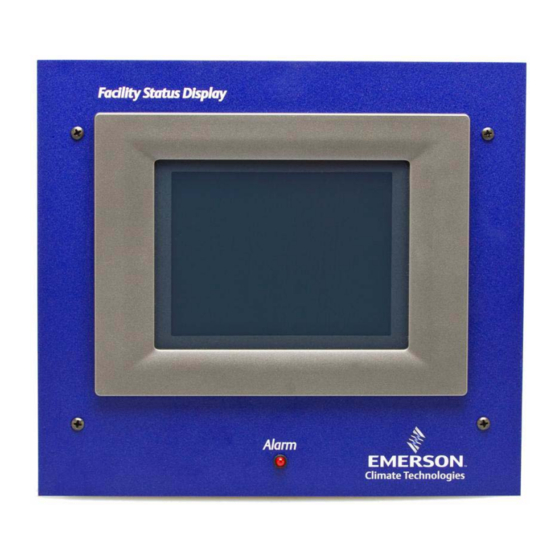Clarification of the Operation of Alarm
Annunciators in an E2 Control System
Overview
In a site with multiple E2 controllers networked together, one controller may be configured
as the alarm annunciator. An alarm annunciator gathers advisories reported from other E2s
on the network and collects them into a single advisory log. This allows the annunciator to
act as the single point of contact for service and store personnel who want to view advisories
for all controllers. The annunciator is also the dial-out device, dialing out advisories via
modem or TCP/IP to a monitoring center or to a computer running UltraSite.
Because of some features and special situations surrounding the way an alarm annunciator
operates, alarm annunciators are often configured incorrectly and may sometimes appear to
not work as expected. This technical bulletin describes how an alarm annunciator works, and
clarifies which behaviors of an alarm annunciator are normal and which behaviors indicate a
possible malfunction.
NOTE: The descriptions and instructions in this technical bulletin are based on E2 version 2.40F01 and
above. E2 2.40F01 features numerous enhancements and fixes that improve annunciation of advisories.
It is recommended any site that will use alarm annunciators be upgraded to the latest E2 version.
Annunciator and Box-to-Box Network Setup
Multiple E2s are networked together in one of two ways: by Ethernet box-to-box, in which all
E2s are part of a local-area network (LAN) or wide-area network (WAN) and are given an IP
address; or by Echelon network, in which E2s equipped with Echelon cards are networked
together on an Echelon daisy-chain.
The advisory reporting and annunciation process is the same for both Ethernet and Echelon
networks:
1. Each controller (including the controller assigned the job of alarm annunciator) has its
own advisory log, which collects alarms, notices, and failures for itself and the I/O devices
it is associated with.
2. Each controller has its own set of filtering rules it uses to determine whether its advisories
should be reported to the annunciator. This is most commonly a priority number set-
point that is checked against the priority level of the advisory, allowing only advisories at
or above a certain priority to be reported to the annunciator. By default, filtering is set up
so that all advisories are reported to the annunciator.
Document Part # 026-4214 Rev 1 08-JUN-2012
©2012 Emerson Climate Technologies Retail Solutions, Inc.This document may be photocopied for personal use.
Visit our website at http://www.emersonclimate.com/ for the latest technical documentation and updates.
technical bulletin

